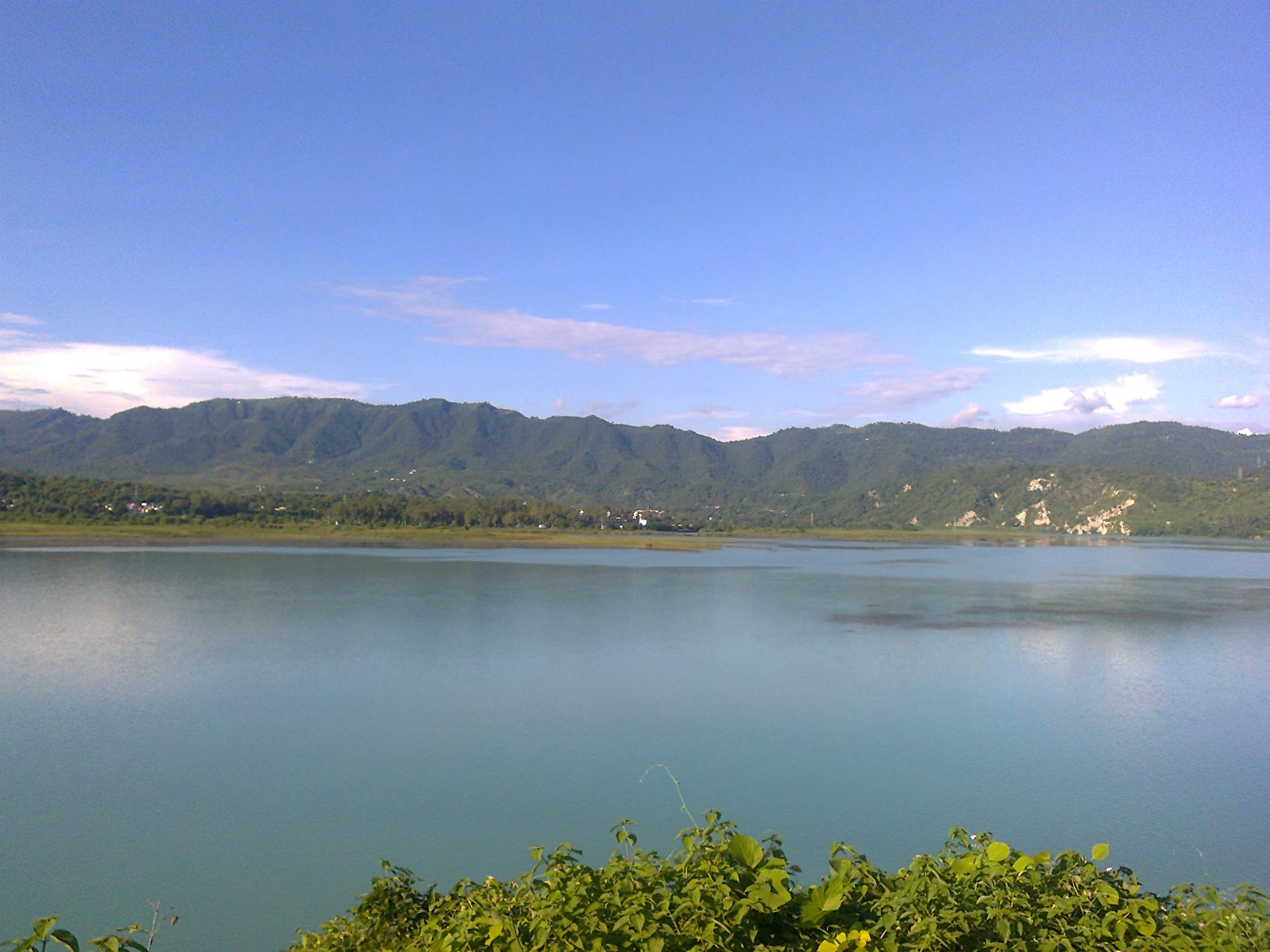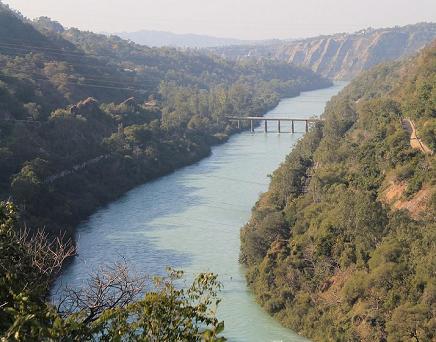Satluj River

Rivers are the lifeblood of our planet, and each holds a unique ecological significance. Among the majestic Himalayan rivers, the Satluj River stands out not only for its awe-inspiring beauty but also for the crucial role it plays in maintaining the delicate balance of nature. This River is another name for the Satadru. It is the Indus River‘s easternmost tributary. In this comprehensive exploration, we delve into why the Satluj River is indispensable ecologically, uncovering the intricate web of life it supports and the broader environmental implications of its existence.
The Satluj River: A Lifeline for Biodiversity
Nurturing Aquatic Ecosystems
The Satluj River, originating from the pristine glaciers of Tibet, carves its way through the rugged terrains, creating a fertile haven for diverse aquatic life. Its crystal-clear waters harbor a plethora of fish species, creating a rich tapestry of biodiversity. The river’s flow not only provides a suitable habitat for fish but also sustains various invertebrates and microorganisms, forming the foundation of a thriving aquatic ecosystem.
Avian Abundance Along the Banks
As the river winds its way through lush valleys and plains, it brings life to the surrounding landscapes. The Satluj’s banks serve as critical habitats for a myriad of bird species. From majestic eagles to vibrant kingfishers, the river’s environs are a haven for avian diversity. The ebb and flow of the water contribute to the formation of wetlands, attracting migratory birds and adding to the overall ecological vibrancy.
Satluj River and Human Interaction
Agricultural Sustenance
The fertile plains irrigated by the Satluj’s waters have been a cradle for agriculture for centuries. The river’s annual floods deposit nutrient-rich sediments, rejuvenating the soil and supporting the cultivation of a variety of crops. The traditional agricultural practices along the Satluj River not only sustain livelihoods but also showcase the delicate balance between human needs and ecological preservation.

Hydroelectric Power Generation
Aside from agriculture, the Satluj River has been used to generate hydroelectric power. Dams and power stations along its course tap into the river’s energy, providing a significant source of electricity to the region. However, this comes with its own set of ecological considerations, as the delicate balance between energy production and environmental preservation is carefully navigated.
Threats to the Satluj Ecosystem
Pollution and Industrial Impact
The Satluj River is not immune to contamination in the face of rising industry. Effluents from factories and settlements find their way into the river, posing a threat to the aquatic life and the overall health of the ecosystem. Striking a balance between development and environmental conservation becomes paramount in ensuring the Satluj’s continued ecological vitality.
Altered Flow Dynamics
Human actions, such as dam construction and water diversions, have changed the Satluj’s natural flow dynamics. These changes impact not only the river’s ecology but also the communities relying on it. Balancing the human need for resources with the preservation of the river’s natural course is a critical challenge that requires careful consideration.
Conservation Efforts and the Way Forward
Community-Led Initiatives
Recognizing the importance of the Satluj, various community-led initiatives are working towards its conservation. From awareness programs to sustainable fishing practices, these efforts aim to strike a harmonious balance between human activities and the preservation of the river’s ecological integrity.
Policy Interventions
Government initiatives have a significant impact on the Satluj’s future. Stricter regulations on industrial discharge, sustainable water management practices, and the promotion of eco-friendly technologies are essential steps in safeguarding the river’s ecological health for generations to come.
Conclusion
In conclusion, the Satluj River is not merely a geographical feature; it is a dynamic, living entity that sustains life in its various forms. Understanding and recognizing its ecological significance is critical for fostering a sustainable human-environment relationship. As we navigate the complexities of development, let us strive to preserve the Satluj River and its ecosystems, ensuring that its pristine waters continue to weave the tapestry of life for centuries to come.
Know More about Satluj River.
What are The Religious Places of Satluj River?
When Did The Satluj River Basin Become a Focus?
Where is The Satluj River Located?
Who Were The Key Historical Figures and Civilizations of The Satluj River?
How to Reach Satluj River?




